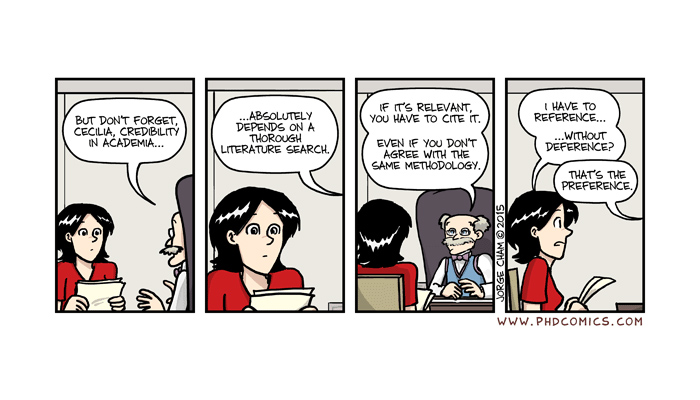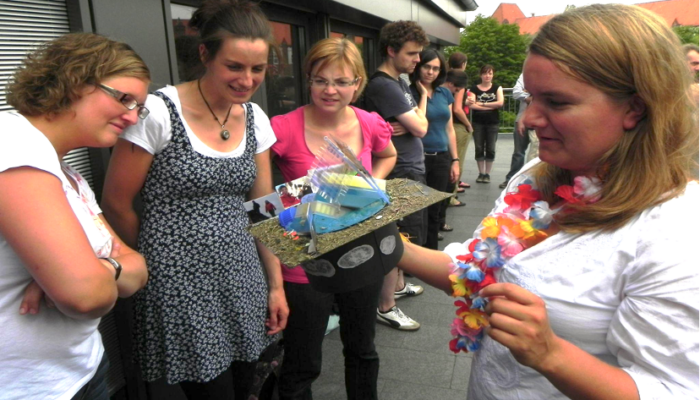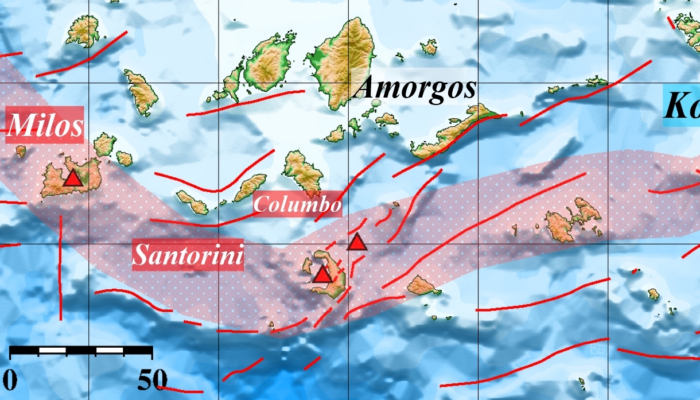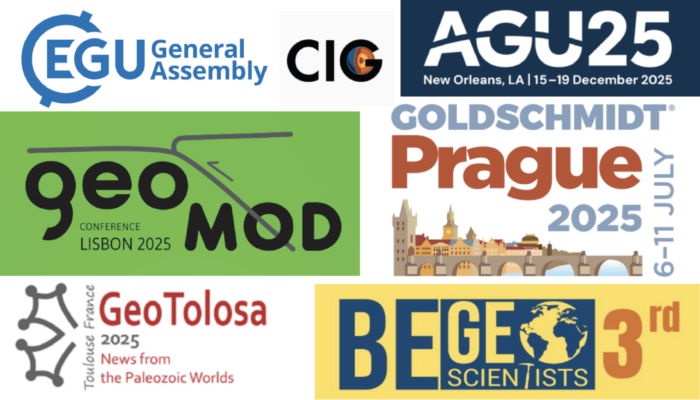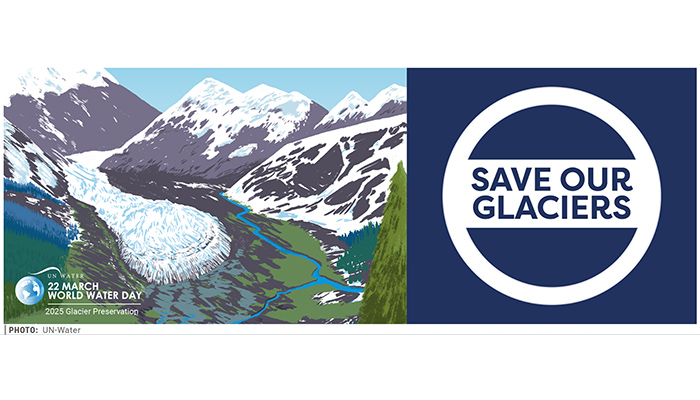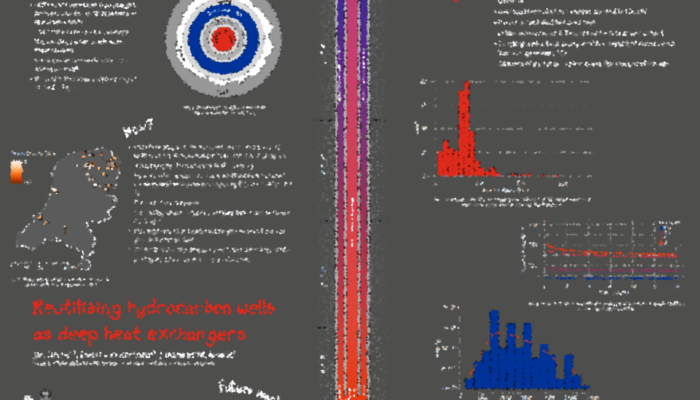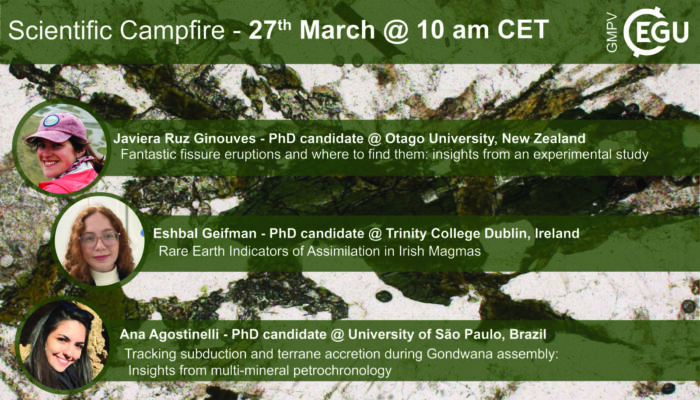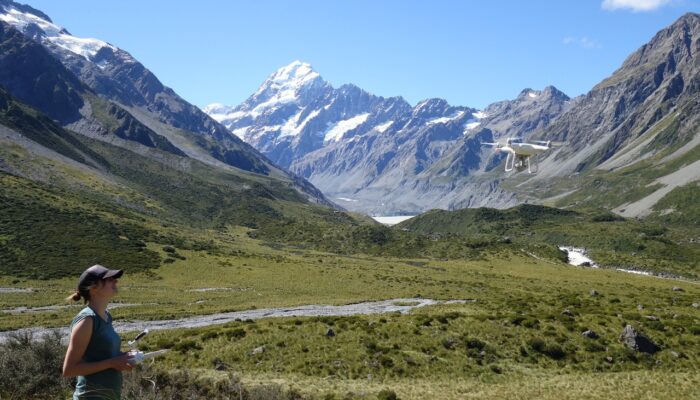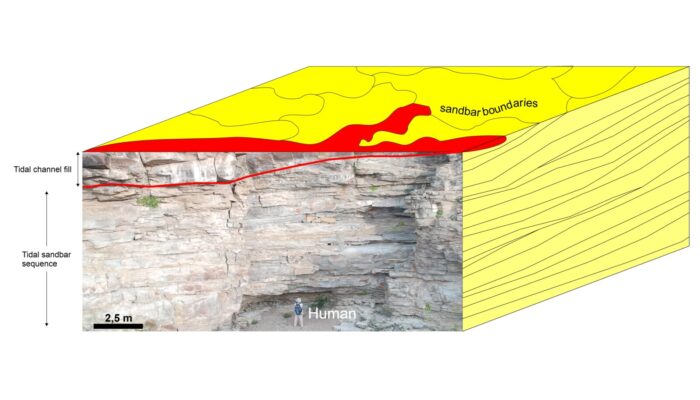Starting a PhD can feel overwhelming. Objectives and deadlines pile up, making it seem like you are juggling a thousand tasks at once. However, there are a few steps that do help you navigate this experience. One of the very first steps is to perform your literature review, which will serve as the foundation for your research. To help other early career scientists tackle this activity at the begin ...[Read More]
Geodynamics
Halokinesis: the effect and importance of the most “liquid” rocks in geodynamics
Evaporitic rocks possess unique properties that enable them to form crucial structures for petroleum systems. Salt basins are globally distributed, particularly along the Atlantic margins. Their thermal and mechanical properties can influence the Earth’s crust, altering structural styles and basin architecture, with significant implications for hydrocarbon exploration and geodynamic processes. How ...[Read More]
Cryospheric Sciences
Cryosphere Caps: PhD hats and the researchers that wear them – Episode 2
This miniseries features the tradition of ‘PhD hat’ making in German research institutes and universities. For those of you unfamiliar with this idea (as I once was), this is one of the final milestones a graduate student has before they are officially a “Dr.”. Upon the successful defense of a thesis, the labmates of the PhD student craft a graduation hat from a mishmash of scrap cardboard and mem ...[Read More]
Seismology
Earthquake Watch: Santorini-Amorgos earthquake swarms
For this Earthquake Watch we are very pleased to have a contribution about the 2025 Santorini – Amorgos seismic sequence, by Dr. Andreas Karakonstantis, a postdoctoral researcher at the University of Patras and National and the Kapodistrian University of Athens. He obtained his Ph.D. in seismology in 2017. Does life move in circles? That is an excellent question to ask, especially in our case rega ...[Read More]
Geodynamics
Make your schedule – 2025 geodynamics congress and workshops
Hello fellow geodynamicists and geoscientists! Many exciting congresses and workshops are taking place this year. You might be going to some of them, so it’s definitely time to start planning your schedule. Don’t worry—we’ve got you covered! Here we collect events that might be of interest to you, with a focus on geodynamics and tectonics, listed by chronological order. So open y ...[Read More]
Hydrological Sciences
World Water Day & World Glacier Day
The this year’s UN World Water Day on 22 March 2025 is under the theme of ‘Glacier Preservation’, a nice opportunity to recall that 2025 is also the UN year on glacier preservation and that this year, we celebrate the first World Glaciers Day on 21 March 2025. Glaciers play the role of ambassadors for climate change awareness, highlighting the urgent need for global action to protect these vital f ...[Read More]
Energy, Resources and the Environment
How to Make Scientific Posters
The schedule of the annual EGU general assembly has just been published and if you submitted and abstract you do now know whether or not you will be able to give a poster presentation. Maybe this is the first time you will need to present a scientific poster or are wondering how to make your poster for this year’s conference. Look no further, we have compiled some thoughts for you in this blog pos ...[Read More]
Geochemistry, Mineralogy, Petrology & Volcanology
EGU GMPV ECS Campfires – Thursday March 27th @ 10am CET
The fourth edition of the Geochemistry, Mineralogy, Petrology and Volcanology Campfires of the 2024/2025 season will take place on Thursday March 27th at 10am CET on Zoom. This edition will be a Scientific Campfire, during which three Early Career Scientists will present their work to the community. Our speakers for this edition are: Javiera Ruz Ginouves, PhD student @ the Geology Departmen ...[Read More]
Geomorphology
Highlighting Jana Eichel, GM Division Outstanding Early Career Scientist Awardee 2025
Recently, EGU announced the 2025 medals and awards to be presented at the General Assembly in April, and the winner of the Geomorphology Division Outstanding Early Career Scientist Award is Dr. Jana Eichel, Assistant Professor at Utrecht University. Dr. Eichel is a biogeomorphologist working at the forefront of geomorphology, using multidisciplinary methods to study the feedbacks between plants an ...[Read More]
Stratigraphy, Sedimentology and Palaeontology
Unlocking the Secrets of Ancient Estuarine Deposits
In recent months, I had the opportunity to work on a project analysing subsurface data from a rock sequence previously interpreted as the product of an estuarine depositional environment. The client sought subsurface maps to characterize the spatial distribution of various geobodies associated with sedimentary deposits typically found in modern estuaries. In other words, the goal was to reconstruc ...[Read More]

